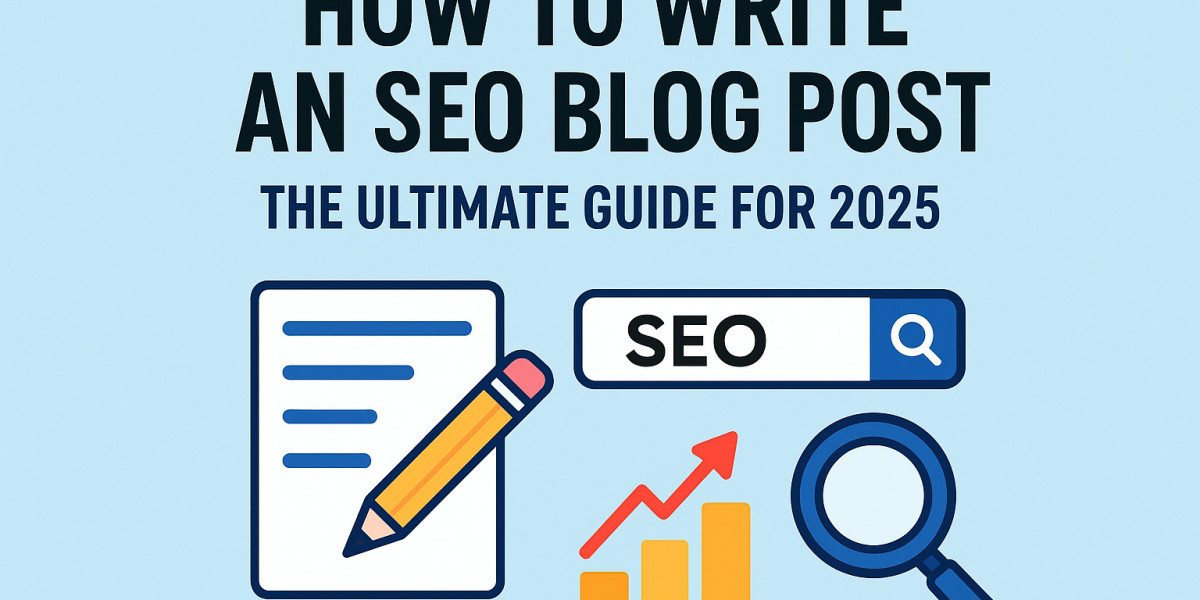Crafting a successful SEO blog post is the cornerstone of any effective digital content strategy. It’s the art of creating valuable, reader-friendly content that also resonates with search engines. If you've ever wondered why some blog posts soar to the top of Google's search results while others languish in obscurity, the answer almost always lies in a solid SEO foundation. This guide will walk you through the essential steps to create an SEO Blog Post that both your audience and Google will love.
Start with Foundational Keyword Research
You can’t write an effective SEO blog post without knowing what your audience is searching for. Begin by identifying relevant keywords and phrases. Use tools like Google Keyword Planner, Ahrefs, or SEMrush to find terms with a good balance of search volume and manageable competition. Remember, your focus keyword should be included naturally, but don’t neglect related secondary keywords (LSI keywords) that help search engines understand the context of your content.
Craft a Compelling Title and Introduction
Your title (or H1) is your first impression. It must be compelling for humans and include your primary keyword. Follow this with an introduction that immediately hooks the reader. Clearly state what the article will cover and why it’s valuable to them, seamlessly integrating your main keyword within the first 100 words.
Structure for Readability and SEO
Internet readers scan content. Large blocks of text are a major deterrent. Break your post into digestible sections using descriptive subheadings (H2S, H3S). This enhances readability and provides more opportunities to include keywords. Each subheading should act as a signpost, guiding the reader through your argument or list of tips.
· Use bullet points (like this list!) for easy-to-digest information.
· Keep paragraphs short—aim for 2-3 sentences max.
· Bold important concepts to draw the scanner’s eye.
Optimise All On-Page Elements
SEO goes beyond the body text. To give your post the best chance of ranking, remember to:
· Meta Description: Write a compelling summary under 160 characters that includes your keyword. This is your ad copy in the search results.
· URL Slug: Keep your URL short, readable, and keyword-rich.
· Image Alt Text: Describe every image using keywords where relevant. This is crucial for accessibility and image search.
· Internal and External Links: Link to other relevant posts on your site (internal linking) and authoritative external sources. This builds topical authority.
Prioritise User Experience and Value
By combining technical SEO best practices with high-quality, user-centric writing, you create a powerful piece of content that is built to rank and built to convert. Start implementing these tips into your next SEO blog post and watch your organic traffic grow.
Ultimately, Google’s goal is to satisfy its users. The best way to rank is to create the best possible answer to a searcher's query. Write for your reader first. Provide genuine value, answer their questions thoroughly, and offer a unique perspective. A well-optimised post that is boring or unhelpful will not perform well. Engage your reader, solve their problem, and they will stay on the page longer—a strong positive signal to Google.
















